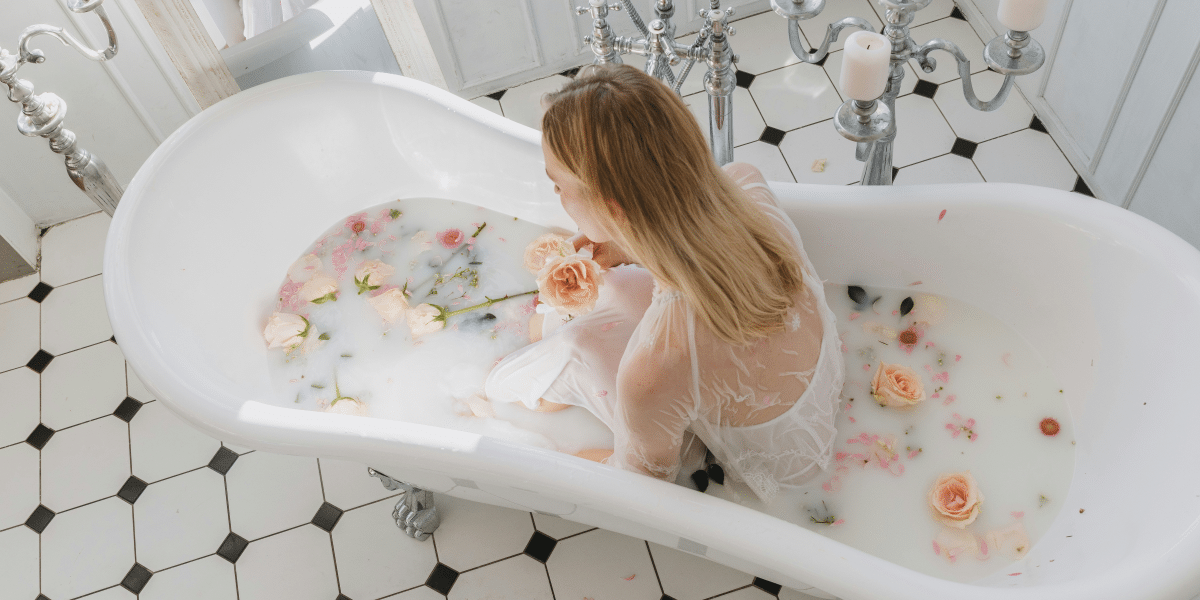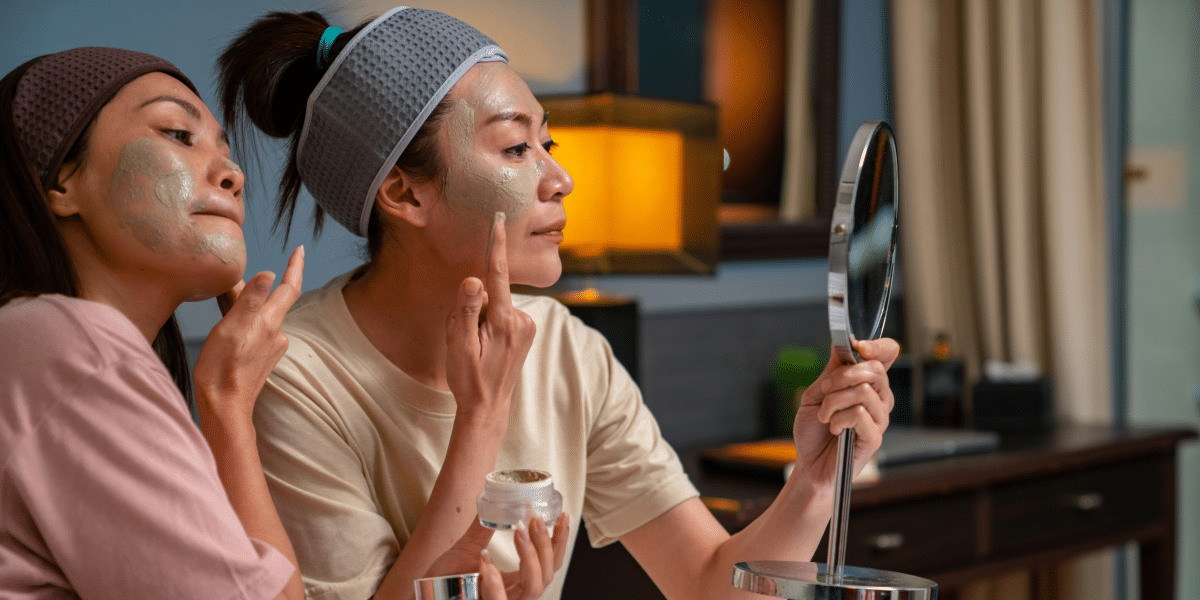Women’s Health: Addressing Mental and Physical Well-being
![]() Womens Journal Staff 2
on
January 15, 2025
Womens Journal Staff 2
on
January 15, 2025
Why is Mental Health Awareness Important for Women?
Mental health is a crucial aspect of overall well-being, and awareness around it is particularly important for women. Women are often more susceptible to mental health issues like anxiety, depression, and stress due to various biological, social, and psychological factors. Hormonal changes related to menstruation, pregnancy, postpartum, and menopause can significantly impact mental health. Additionally, societal pressures and gender-based discrimination can exacerbate these issues.
According to the American Psychological Association, women are twice as likely as men to experience major depression and anxiety disorders. Mental health awareness helps in early identification and management of these conditions, reducing the stigma associated with seeking help. Women should be encouraged to speak openly about their mental health struggles and access resources such as therapy, support groups, and mental health hotlines.
How is Reproductive Health Essential for Women?
Reproductive health is a key component of women’s health, encompassing a range of issues from menstrual health to pregnancy and menopause. Regular gynecological check-ups, including Pap smears and mammograms, are vital for early detection of potential issues like cervical and breast cancer. Contraceptive access and education also play a significant role in allowing women to make informed choices about their reproductive health.
Current trends in reproductive health include advancements in fertility treatments and greater awareness and support for conditions such as polycystic ovary syndrome (PCOS) and endometriosis. Research published in the Journal of Women’s Health highlights the importance of personalized healthcare approaches to effectively manage these conditions. Moreover, the increasing use of telehealth services provides women with more convenient access to reproductive health consultations and care.
What Role Does Preventive Care Play in Women’s Health?
Preventive care is essential for maintaining overall health and well-being. This includes regular health screenings, vaccinations, and lifestyle modifications to prevent chronic diseases such as heart disease, diabetes, and osteoporosis. The Centers for Disease Control and Prevention (CDC) emphasizes the importance of annual wellness exams, which help detect health issues early when they are most treatable.
Exercise, a balanced diet, and sufficient sleep are foundational elements of preventive care. Regular physical activity helps manage weight, reduces the risk of chronic diseases, and improves mental health. A diet rich in fruits, vegetables, lean proteins, and whole grains supports overall health and can prevent conditions like obesity and heart disease. Adequate sleep is crucial for cognitive function and emotional regulation.
Current Trends and Research in Women’s Health
Recent research and trends in women’s health are focusing on personalized medicine, which tailors healthcare based on individual genetic, environmental, and lifestyle factors. This approach aims to provide more effective and targeted treatments for women’s health issues. Additionally, there is a growing emphasis on holistic health, integrating physical, mental, and emotional well-being into healthcare practices.
Studies in the field of women’s health are exploring the impact of social determinants on health outcomes. Factors such as socioeconomic status, education, and access to healthcare significantly influence women’s health. Efforts to address these disparities are crucial for ensuring that all women have the opportunity to achieve optimal health.
In conclusion, addressing both mental and physical well-being is critical for women’s health. Raising mental health awareness, ensuring comprehensive reproductive health care, and emphasizing preventive measures are key to promoting overall well-being. Staying informed about current trends and research can help women make better health choices and advocate for their needs. By adopting a holistic approach to health, women can lead healthier, more fulfilling lives.










